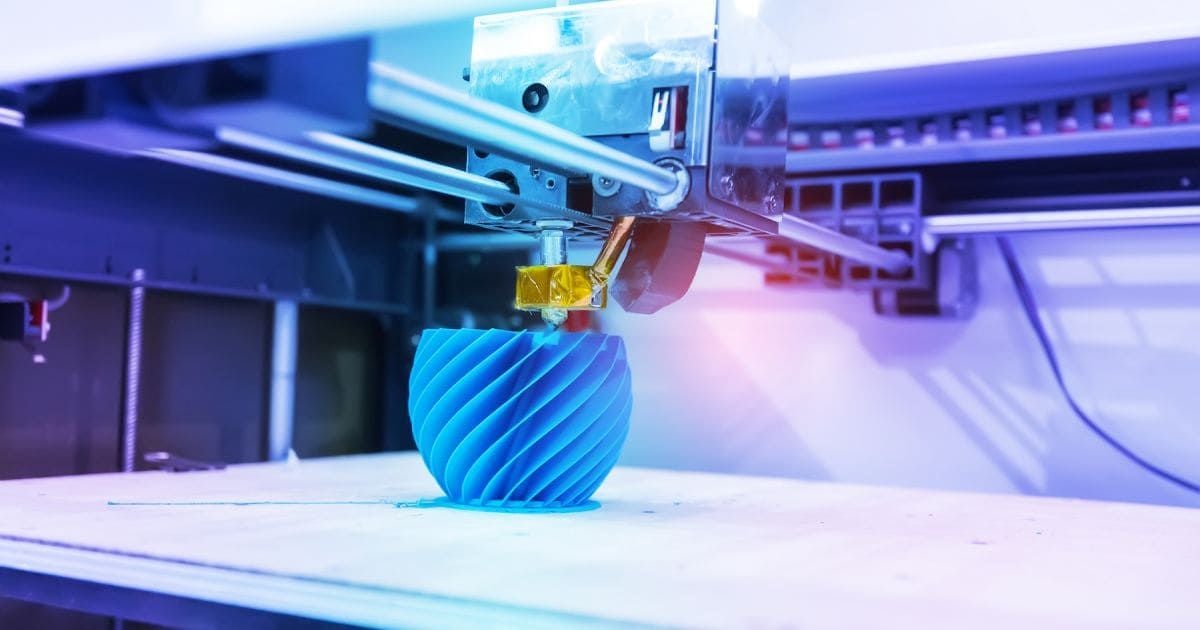Unveiling the Truth: Is Your “New” Car Really New?

The excitement of buying a new car is unparalleled. The smell of fresh upholstery, the untouched dashboard, and the gleam of the paintwork all signify a fresh start on the road. However, not all vehicles presented as new are genuinely untouched. Some may have been used as demonstration vehicles, driven by dealership staff, or even returned by customers shortly after purchase. Identifying such vehicles is crucial to ensure you’re getting the value and condition you expect from a new car purchase.
The Importance of Vehicle History
The first step in determining if a new car is actually used is to delve into its history. A vehicle history report is an invaluable tool in this quest. Services like the National Motor Vehicle Title Information System (NMVTIS) provide comprehensive reports that include title information, insurance loss records, and salvage status. These reports can reveal if the car has been registered or titled to an owner before, indicating prior use.
Check the Documentation
Carefully review the car’s documentation, including the title, registration, and maintenance records. If the car is truly new, the title should be clean and free of any “salvage” or “rebuilt” designations. Additionally, request the original window sticker, which provides information about the car’s original features and pricing.
Mileage and Wear: Telltale Signs
While a vehicle history report can provide significant insights, physical inspection remains a critical step. Mileage is a straightforward indicator; a new car should typically have no more than a few hundred miles on the odometer, often accrued during delivery to the dealership. Excessive mileage suggests the car may have been used for test drives or as a loaner vehicle.
Physical wear also offers clues. New cars should exhibit no signs of wear on the tires, brake pedals, or upholstery. Any indication of wear, no matter how slight, warrants further investigation. For instance, wear on the driver’s seat or steering wheel could suggest the car has seen more use than the dealership admits.
Asking the Right Questions
Engaging with the seller or dealership transparently can also shed light on the car’s history. Inquiring about the car’s prior use, including whether it was a demo vehicle or if it has been previously sold and returned, is essential. While some sellers may be hesitant to disclose this information, their willingness to answer these questions can be telling.
The Role of Depreciation and Pricing
Understanding the depreciation and pricing of vehicles can also offer insights. A new car loses a significant portion of its value the moment it’s driven off the dealership lot. If the price of the "new" car you’re considering is markedly lower than expected, it may indicate prior use. While a lower price can be appealing, it’s important to understand why the vehicle is being sold at such a discount.
Legal and Warranty Considerations
Finally, legal and warranty aspects can also hint at a car’s history. A truly new car comes with a full manufacturer’s warranty starting from the date of purchase. If the warranty period has been shortened or started earlier than your purchase date, it’s a clear sign the car has been used. Additionally, some regions have laws requiring disclosure of demo or loaner vehicle status, offering another layer of protection for buyers.
Conclusion
In the quest to determine if a new car is genuinely new, buyers must employ a combination of strategies, including obtaining a vehicle history report, conducting a thorough physical inspection, asking direct questions, understanding pricing anomalies, and considering legal and warranty implications. By approaching the car buying process with diligence and skepticism, you can ensure that your new car is exactly that—new. Remember, the allure of a shiny exterior and the promise of a new car experience should not distract from the importance of verifying the vehicle’s history and condition. Armed with the right knowledge and a keen eye, you can navigate the complexities of car buying and make an informed decision that safeguards your investment and meets your expectations for a truly new vehicle.









